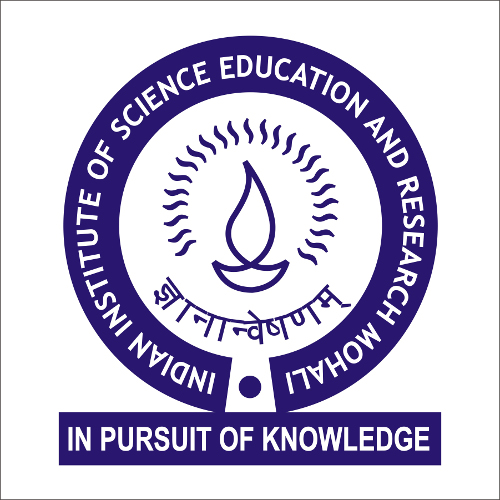Forthcoming Events
From Molecular Core to Star and Planet Formations, and Our Astrochemical Origin
Dipen Sahu (PRL Ahmedabad)
Location : Online
Abstract: Dense cores (n(H₂) > 10^4 cm⁻³) within molecular clouds, potential sites for star formation, are referred to as molecular cores. Sun-like stars form within these dense cores, passing through three major phases before developing into a planetary system. These phases include the pre-stellar core, protostellar core/envelope, and protoplanetary disk (PPD) phases. Simultaneously, during the transition from one phase to another, chemical species ranging from simple to complex organic molecules (COMs) are formed. Some COMs are related to the formation of life, known as prebiotic molecules, which are particularly significant. These species and chemical elements may transfer to planetary bodies during the core's evolution into a planetary system.
How does a molecular core evolve into a planetary system, and how is the chemical composition of planetary bodies related to core evolution? These two questions are intricately linked, requiring a multidisciplinary approach for unveiling. In this context, the (sub)Millimeter wavelength regime is unique for studying the dense molecular core to protoplanetary disk, both through continuum and spectral line observations. Molecular line emissions act as good ‘tracers’ of astrophysical properties, and most of interstellar complex organic molecules are detected via gas phase rotational transition in mm-submm regime. Thus, (sub)millimeter astronomy is unique in that sense. However, many other aspects like ice compositions, hot inner regions of PPD can be studied using JWST and future facilities like TMT, and larger molecules are expected to be discovered using SKA. Therefore, synergies of multiple telescope observations and interpreting those observations using modeling are necessary to understand solar-type star system formation and our chemical heritage. In this talk, I will cover some of these aspects based on my research and present a roadmap for the future.
Meeting ID: 941 4863 2697
Passcode: 307794
How does a molecular core evolve into a planetary system, and how is the chemical composition of planetary bodies related to core evolution? These two questions are intricately linked, requiring a multidisciplinary approach for unveiling. In this context, the (sub)Millimeter wavelength regime is unique for studying the dense molecular core to protoplanetary disk, both through continuum and spectral line observations. Molecular line emissions act as good ‘tracers’ of astrophysical properties, and most of interstellar complex organic molecules are detected via gas phase rotational transition in mm-submm regime. Thus, (sub)millimeter astronomy is unique in that sense. However, many other aspects like ice compositions, hot inner regions of PPD can be studied using JWST and future facilities like TMT, and larger molecules are expected to be discovered using SKA. Therefore, synergies of multiple telescope observations and interpreting those observations using modeling are necessary to understand solar-type star system formation and our chemical heritage. In this talk, I will cover some of these aspects based on my research and present a roadmap for the future.
Meeting ID: 941 4863 2697
Passcode: 307794

